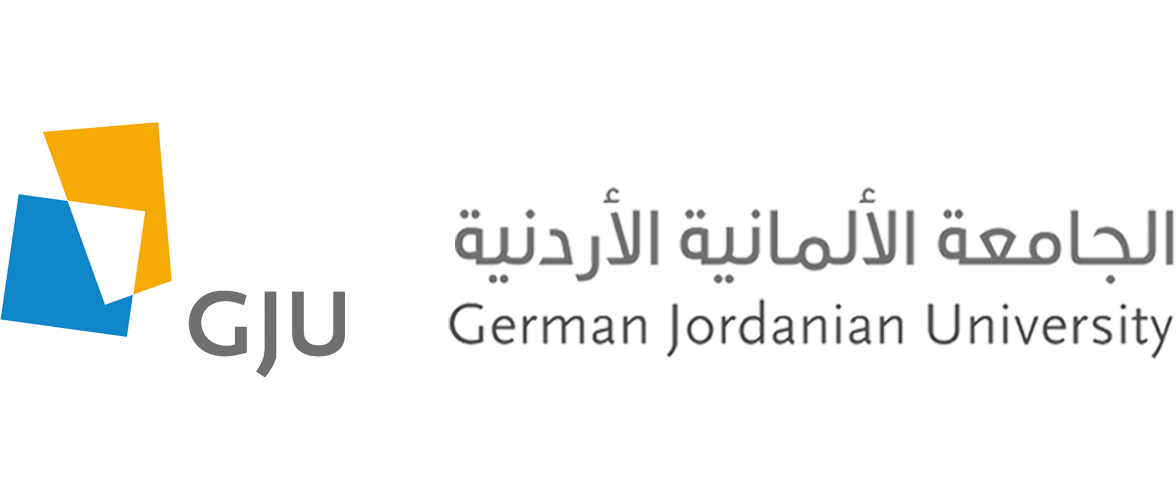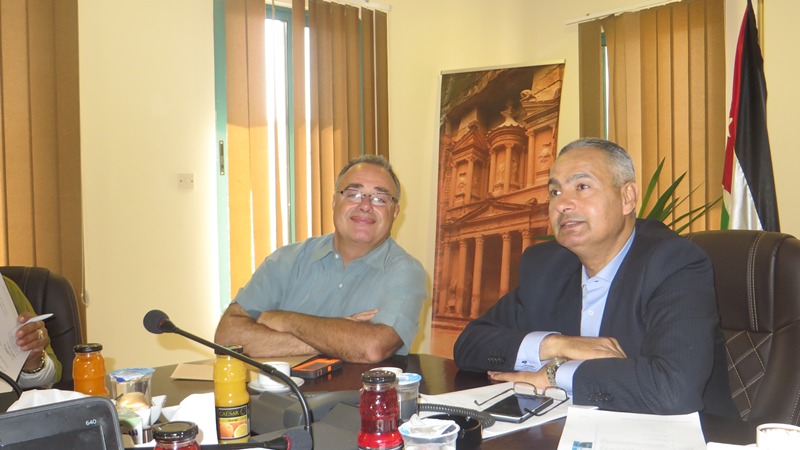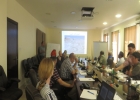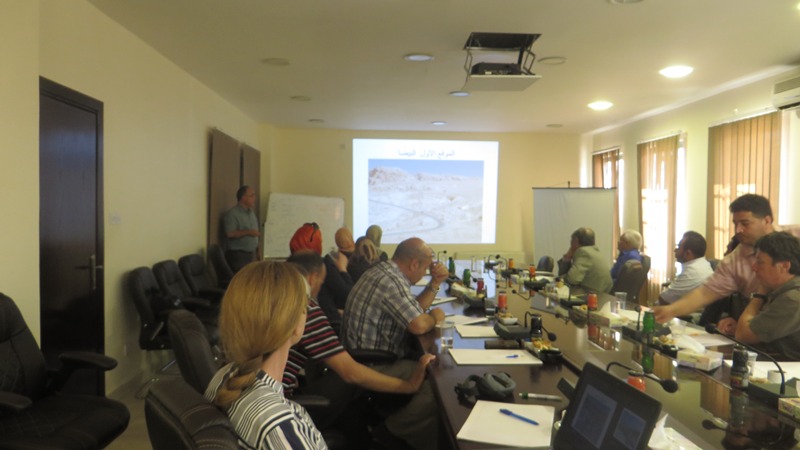Amman- 27 July,2016
 Within the framework of the project “Ancient terrace engineering in the hinterlands of Petra”, conducted by the Center for the study of Natural and Cultural Heritage (CSNACH) at the German Jordanian University, a one day workshop was jointly held with the Petra Development and Tourism Region Authority PDTRA.
Within the framework of the project “Ancient terrace engineering in the hinterlands of Petra”, conducted by the Center for the study of Natural and Cultural Heritage (CSNACH) at the German Jordanian University, a one day workshop was jointly held with the Petra Development and Tourism Region Authority PDTRA.
The workshop aimed to disseminate the results of the one-year project to the local community, both institutions and other stakeholders, exchange ideas and prepare for future plans.
The project was funded by Higher Council for Science & Technology grand for Support to Research and Technological Development & Innovation initiatives and Strategies in Jordan (SRTD II) – European Union Grant.
Prof. Dr. Nizar Abu-Jaber, who heads the project, gave an overview of the project concept which sprang from understanding how ancient Nabataeans, settling in a semi-arid environment, managed its scarce resources. He also pointed out that one of the big challenges faced in protecting the ancient monuments of Petra, carved in fragile sandstone, are the torrents that flow into it from the adjacent mountains, sometimes reaching flows of around 5 million cubic meters. Thus the question arises as to how did the ancients manage to be up to this challenge?
With these questions in mind a team of geologist, water engineer, hydrologist and archaeologist was formulated from the German Jordanian University, Yarmouk University and the German Protestant Institute of Archaeology. A survey was conducted around the drainage basin of Petra to locate and understand the function of ancient terrace walls, and two representative locations were chosen for detailed study.
To better understand the relation between rainfall, soil permeability and surface run- off, Dr. Khaldoon al- Qudah (Yarmouk University) has constructed a rainfall simulation device which allows controlling the amount of water falling to see the rain-runoff relationships. Other parameters such as soil composition, surface run- off amount and permeability were measured. Dr. Qasem Abdelal (GJU), used numerical modeling of the Water Erosion Prediction Project (WEPP) program to reconstruct the function of the terrace with real run-off and rain data. The results of the experiment and the simulation have shown the effectiveness of the terrace by reducing surface run-off by 74%.
The project also noted that terrace construction was specific to the function, as they were built consecutively to ensure water diversion, minimize run off intensity and insure water penetration into the silty soil these terraces strived to collect. Catreena Hamarneh (GPIA) has indicated that from surface sherds collected these terraces can be dated to the Late Bronze age, with continuous use during Nabataean, Roman and Byzantine periods.
The presentation was followed by a rich discussion of the final results, their utilization and future plans.
Dr. Tharwat Al Masalha, Commissioner of Infrastructure and Investment at PDTRA, emphasized the importance of the project to Petra, stating his support to the National team, his pride in their zeal for protecting the cultural heritage of Jordan, and emphasizing the importance to include the results and recommendation of the project in the future planning.
Several remarks by the local community and the UNDP focused on the importance of enlarging the scale of the study to cover the whole of the Petra basin, and to restore the function of the terraces to their ancient function which is proving crucial for the protection of the Wadi Musa city and Petra from flash floods and seasonal torrents.
The meeting was attended by members of the local community, representatives from Hussain bin Talal University, UNESCO Siq Stability project, UNDP and employees of Petra Park and other institutions.





